Just a reminder: this isn’t a full review of the episode. If you want that, that’s totally cool, but you may wish to look to one of our fellow fan-sites. Here we take a look at a few aspects of the show (be warned, in a fairly spoilery way).
As an avid Sabine fan, it takes a lot to draw my attention (not like that, you perv) away from our resident Mandalorian artist. Enter our guest star of Blood Sisters: bounty hunter and fellow street decorator, Ketsu Onyo, voiced by … Gina Torres? How did I not realise this before!

Underworld
Ketsu Onyo represents a perfect microcosm: first, her design is utterly brilliant. (I realise it’s more than a little iffy to focus on a woman’s appearance, and foremost at that, and I do apologise. Unfortunately I’m not sure I can’t not say anything, it’s just too good). As we learn in this episode’s Rebels Recon, the design was lent/borrowed/yoinked (delete as appropriate) to/by Dave Filoni from the design team for The Force Awakens – which, if I’m not mistaken, marks the first time for the new movie, and the latest in a long and storied tradition* in Star Wars.
*Which by itself is downright bizarre. I can think of no other franchise that utilises its cast-offs, for that’s what it is, to such a degree. Time and again this has happened in a Star Wars product, from the earliest novels and comics, to Star Wars Rebels itself, and even the prequel trilogy. And what’s more, we’re totally okay with it (more or less); this is not so much a testament to the skill of the designers, though they are certainly talented, but it is more an acknowledgement that some designs don’t fit one character, yet fit perfectly for others.
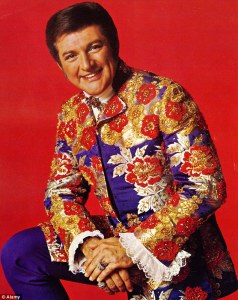
And I loved, too, how Ketsu’s presence essentially put up a mirror to Sabine, to show us more of the character, yes, but showed us what she was, and could have been. And then that mirror, in the form of Ketsu, then proceeded to outshine Sabine. Please don’t mistake me: I loved Sabine in this episode, I merely thought that Ketsu was much more compelling.
But enough about that. I’m excited, too, about what she represents on the show: the underworld.
Even though this show is primarily about rebels, a small band of merry men and women, taking on the big bad of Bespin, the scourge of Serenno, the … naughty … Empire (I ran out, sorry). This series, and this episode in particular, leans heavily of the ‘scum and villainous’ underworld, that which is partly untouched by, and partly created by, the Empire – and I want more of that. Not simply because it’s an interesting moral area – though that, too: by providing morally ambiguous characters, our Spectres are given a much more varied pool of storytelling. That aforementioned pool can become a source of enemies and heroes (much like the Hondo episode), heartache and heart-warming, too, by showing the morally un-ambigious in the ambiguous cess-pit. What I mean by that is, not everyone in the underworld are going to be baddies doing bad things. There could be generally decent people who are either caught up in or pushed towards a life of crime, or good people who aren’t pushed but simply have no choice in the matter, if they wish to be able to afford their next meal (not to mention elevensies. Blimey, they may be crooks but they’re hardly barbarians). And then there’s the civilians who simply carry on living simple lives, somehow, surrounded by these villains – much like Tarkintown in the first series. The show provides the space these stories need to be told.
However, it’s not just a case of ‘these baddies aren’t all bad, after all’, no no. Certainly we can have non-Imperial baddies, I’d just prefer them used in a slightly different way, one that has been done before in the show, and one that ought to be played up more often. And if we look at our own history, our own dictatorship-toppling rebellions and revolutions, we see that such people very much have their own place in the story being told in the galaxy far, far way. They aid the rebellion.
If I may be honest, Star Wars is very much a binary, light and dark story. You have the good and the evil, and – scum and villainy aside – that’s pretty much it. I feel that’s to its detriment. From the French Revolution, to Bosnia, to, well, pretty much any civil war, really, the revolutionaries often had to deal with morally ambiguous* groups to survive, to procure weapons, armaments, food and medical supplies, and even just straight up hire mercenaries to fight their battles. It doesn’t make sense that our rebels wouldn’t do this, or at least that it wouldn’t be shown more often than it has.
*or morally un-ambigious gits.
But more than that, it serves a narrative purpose. While we can’t be too clear on the exact state of affairs, it is fairly reasonable to assume that the rebels on the show are in a precarious position. They’re not a legitimate government, but freedom fighters, and it’s entirely likely that the standard citizen of the Empire, even if said people are not fans of the Empire, would think that they’re little more than petty criminals with delusions of grandeur and/or a lust for power. While, certainly, we the viewers inherently understand this to be false, what better way to demonstrate this (both to us and the general galactic public) than by putting our rebels alongside the actual scum, so that we may see what sets them apart?
And, oh look, the show just happened to (re)introduce the nefarious crime syndicate, the Black Sun. Juuust thought I’d mention it.
Communication
(Sabine)
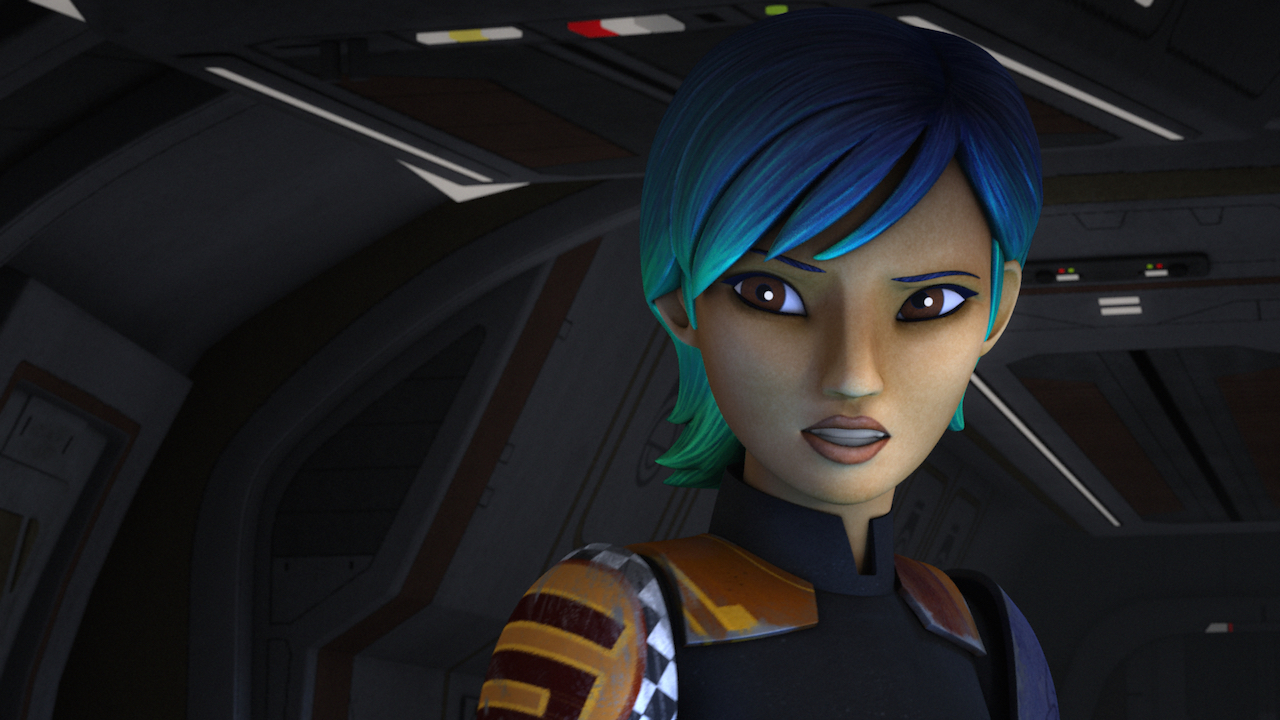
Communication – by that I mean, how the characters conveyed themselves to each other, not necessarily the vocal performances – between the various characters, throughout the episode, was all top-notch. (For the most part, I wasn’t a fan of Ezra’s gibbering. She’s not that into you, Ezra, move on, it’s creepy.)
Sabine and Ketsu truly felt like old friends; their dialogue and delivery conveyed an easy familiarity, even when they were facing off against each other, delivering angst- and backstory-heavy dialogue, their shared pain over the loss of their once tight bond*. And later, as they accepted each other’s current professions, that love and mutual respect was both endearing and heart-warming.
*I’m still not entirely certain about just what kind of bond theirs was. From the title, I had assumed that they were blood relatives, but from watching the show, it seems more like they were once strangers who became, I suppose, platonic soulmates. Still, I could be wrong, so apologies for any inacurracies.
Chopper
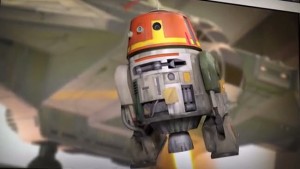
Dear Chopper, I’m sorry, but I’m not that into you.
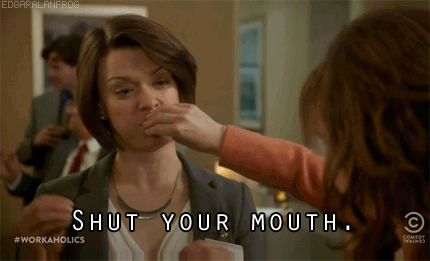
I can’t put my finger on it, exactly, but I think I feel so because his over-active acting seems rather forced and unnatural – and yes, I get the absurdity of that statement. It just doesn’t sit well with me.
And yet, somehow, that overacting actually worked in this episode. And all it took was a walking box.
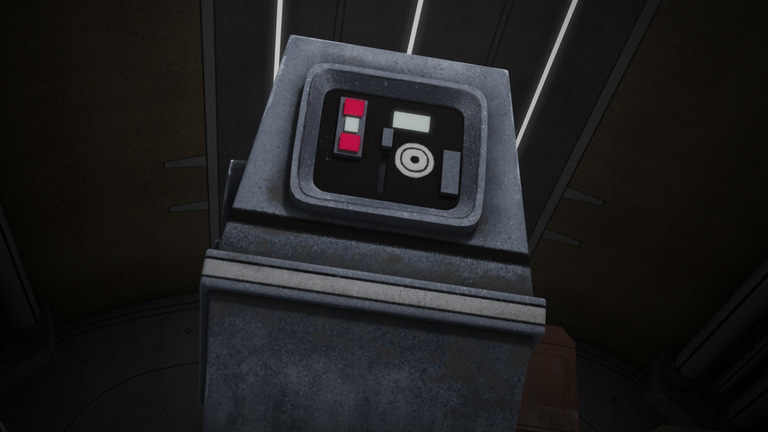
The communication, as it were, between the two was merely a collection of hooting, squaking, waving and shuddering* but it harkened back to the silent film, Laurel and Hardy-type shenanigans. Wait, no. That would be rather inaccurate: for, in one desperate scene, where Chopper, adrift in the vacuum of space, struggled to regain his place aboard the ship, he and Gonky managed to portray, quite successfully, the fear and the tension of the moment. All without a word being uttered by either. It was a great moment of silent acting, and the animators did a terrific job. It was the first time that his utterances and gesticulations felt appropriate.
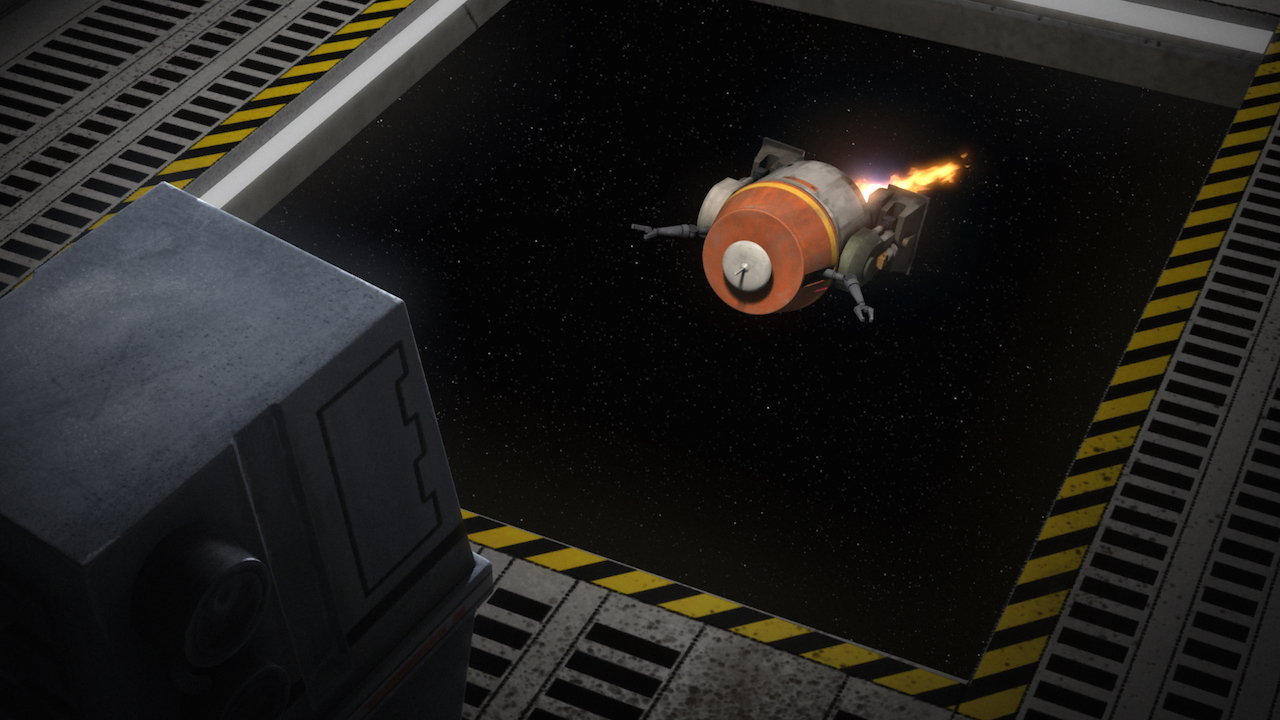
*Which makes no sense to me. They’re droids, surely they’d be able to convey the entirety of their thoughts through simple beeps, dots and dits? Why the need to twirl their heads and wave their arms, or – adorably for the gonk – trample on the spot in a shy yet excited manner. While certainly I don’t rule out the usefulness in communicating with body gestures and hand movement (sign language, anyone?), I don’t understand why droids need this. Perhaps they’ve been living around biological beings for too long.
I don’t think I could really take a full Chopper-centric episode, but on this episode, this one brief instance, I became a Chopper fan.
Author: Michael Dare
Michael Dare is a writer, lives in the UK, and has been slowly coming to terms with the realization that he is not Sherlock, but Watson. He loves Star Wars, dislikes blue milk. Enjoys jumping sharks. Survives on the tears of sexist men, and cheeseburgers.

I would heartily disagree about everything, I’m afraid; I found the characters disappointingly underdeveloped (like Wings of the Master, which focused on Hera but told us little, the only thing I got for Sabine in this episode was ‘surprise! she used to be a mercenary!’; nothing about her character). The total reconciliation felt rushed and out of left field, rather than any organic development of what had preceded it.
Which is frustrating, because unlike the TCW-centric episodes, these spotlights on the characters are ones that I *want* to succeed; I don’t want to be negative about them. I want to see them as as great as you do! But I’ve just felt like they haven’t lived up to their potential. (The B-wing’s potential, in the case of Wings of the Master; at least it was an overall solid episode- as this week’s was an overall less-solid-but-still-decent one; they just both failed in the character-focus that was supposed to be their point, for me.)
Plus, I found Ezra’s gibbering funny, too. 🙂
And I most strenuously disagree with the statement “If I may be honest, Star Wars is very much a binary, light and dark story. You have the good and the evil, and – scum and villainy aside – that’s pretty much it. I feel that’s to its detriment.” In fact, if I may be so bold, I think that’s the exact sentiment that is ruining Star Wars; the most anti-Star Wars notion that can possibly be had. It’s light-and-dark storytelling is precisely what made the OT great, what defined the spirit of Star Wars- and trying to vary from it is precisely what made the prequels and latter EU such a muddled mess. The more Star Wars tries to dip into ambiguity (often trying to follow the post-9/11 entertainment world in doing so, by forsaking everything that makes Star Wars so unique in tone and position, and made it so unique in a cynical, anti-authority, mistrustful post-Vietnam era, too), the more it loses its way.
Showing the scum and villainy of the universe- the mercenaries and the bounty hunters and the smugglers? Sure. But using that as an opportunity to delve into greater moral ambiguity can, in my humble (and possibly outnumbered 🙂 ) opinion, only be to the major detriment of Star Wars, as it has been for the last decade and a half. (And is precisely what I’m hoping TFA will avoid!)
Overall, I feel like both of the female leads have been under-served by their ‘focus’ episodes- and while 22 minutes with an obligatory action scene doesn’t leave a lot of time for character development… Rebels can do better by these characters.
The one place I can agree, however, is in not being an overall Chopper fan (quite the opposite, mostly; I still haven’t forgiven him for the jealousy-murder* of that Imperial astromech last season)… but in this episode, I did become briefly a fan as well.
*Attempted, but as per Filoni, its batteries will probably wear down in the wilderness and leave it shut down forever, so… it was more of striking a mortal wound that still led to a slow, lingering death. Still murder in the end, even if the initial attempt failed.
Hi Zarm,
I do agree with you about the reconciliation. It could have done with a more steady pacing throughout the episode – or, and this is my preferred solution, longer episodes in general. Sadly, as you note, by packing everything into 22 minutes, some things will fall by the wayside. Doubling that would solve it, and allow characters like Hera, Sabine and even Zeb more development. Although another, more immediate, solution is to simply have those characters used more. Like in the first few episodes, Hera was relegated to the ship, turning up in the first few minutes, and last. Having her tag along would be a much better solution.
As for preferring the duality of the OT, that’s entirely understandable, and I won’t be that guy who goes ‘you’re wrong for liking something the way you do!’. Different strokes for different folks, and all that.
Also, yeah: the Chopper murder was very weird.
M
Agreed. If the clones can get a two-parter, at the very least Hera deserves one… especially in compensation for sidelining her for the first four episodes. 🙂 A few more of those would definitely help character development by giving the pacing some room to breathe.